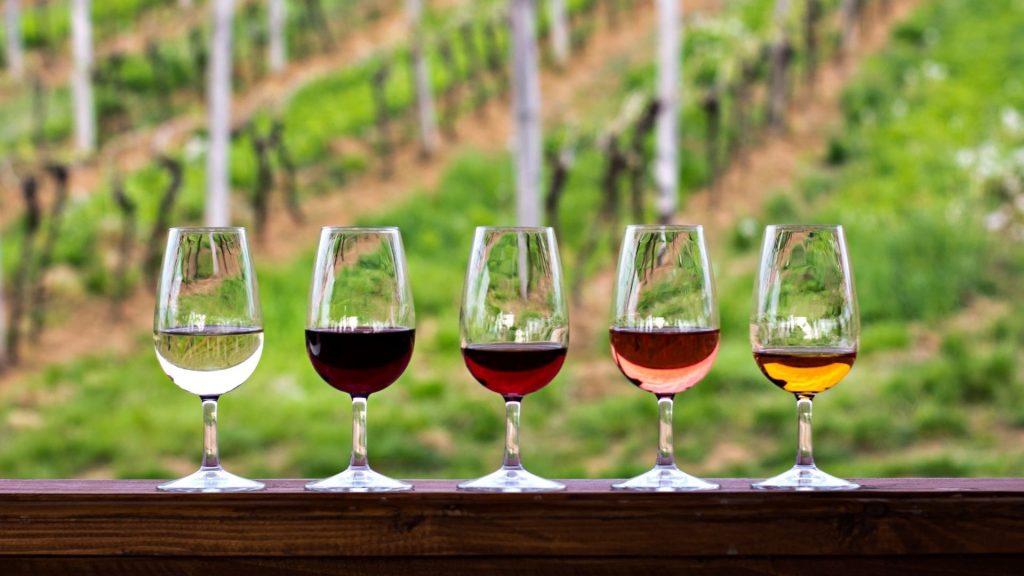
The Wine Score:
And How You Can Use It For Expert Wine-PickingTo Pick Wine Like An Expert
Whether you’re looking for a winery for your next event, hosting a get-together with some friends, or you’re looking for some guidance in finding a new favorite wine, there are a lot of factors to consider.
If you’re a Cab drinker, you’re going to judge a winery by its Cabernets. If you’re looking to try a little bit of all of their vintages, you’re going to want to know about their vintages. If you have a preference for wine from a specific region, you’re going to want to make sure they have a selection from that region. And if you’re looking for a place with a lot of ambiance and entertainment…well, that might come second fiddle.
One winery reviewer said that he reviewed based first on the quality of the wines instead of on the aesthetics, service, and setting. His perspective of winemaking as a “craft” and not an entertainment venue weighed heavier on his review than anything else. So that’s something to keep in mind.
But what about when you’re looking to really keep the “armchair” in “Armchair Sommelier?” How are you expected to find the best wines from the comfort of your own home when you don’t have the dough to fork out for a trip to the vineyards in the countryside?
There are a few ways, so come along with me to learn more and become a more wine-literate, discerning individual!
Wine Scores
Our typical inclination is to equate a higher number score with quality and to equate quality with deliciousness. Wine Scores don’t quite work that way, actually.
Instead of deliciousness, which of course, is subjective anyway, wines are scored by the quality of their production and the typicity of the wine. Typicity is a sort of standardized score that scores how typical the wine’s traits are to its style and region of origin.
Think of it like a dog show. A perfectly scored wine perfectly fits all the criteria of that “breed” or style of wine.
So when you grab a wine with a 90-point score, it’s not going to be the best-tasting Pinot you’ve ever had, it’s going to be the most Pinot Pinot you’ve ever Pinot’d. This is awesome if you love Pinots or whatever wine you’re looking for.
So let’s take a quick look at the points scale and what it means.
The Wine Score actually begins at 50 points, with 50 already being considered nigh undrinkable, and there are some raters that won’t even bother including wines that score below 80. In other words, standards are HIGH.
- 50-59 wines are really flawed and “undrinkable”
- 60-69 wines are flawed and not recommended, but drinkable
- 70-79 wines are flawed, but taste average
- 80-84 wines are “above average” to “good”
- 85-90 wines are “good” to “very good”
- 90-94 wines are “superior” to “exceptional”
- 95-100 wines are benchmark examples or “classic”
Now, of course, not every rating like this is going to be perfectly standardized.
I could see any dog on the street and chances are I’d rate that dog a perfect score based on my personal preferences. But that’s why I’m not an expert at the dog shows and why I’m not an expert sommelier.
Each critic is going to have a different set of subtle differences in their palate and preferences, so one reviewer might give a wine a 90 while another gives the same wine a 60.
Our advice? Find a reviewer that you trust and go by their standards because chances are you have similar tastes.
Be a little flexible as well, take your time, sip slowly, and try speed-dating with a few different wine reviewers until you find your perfect taste bud.









